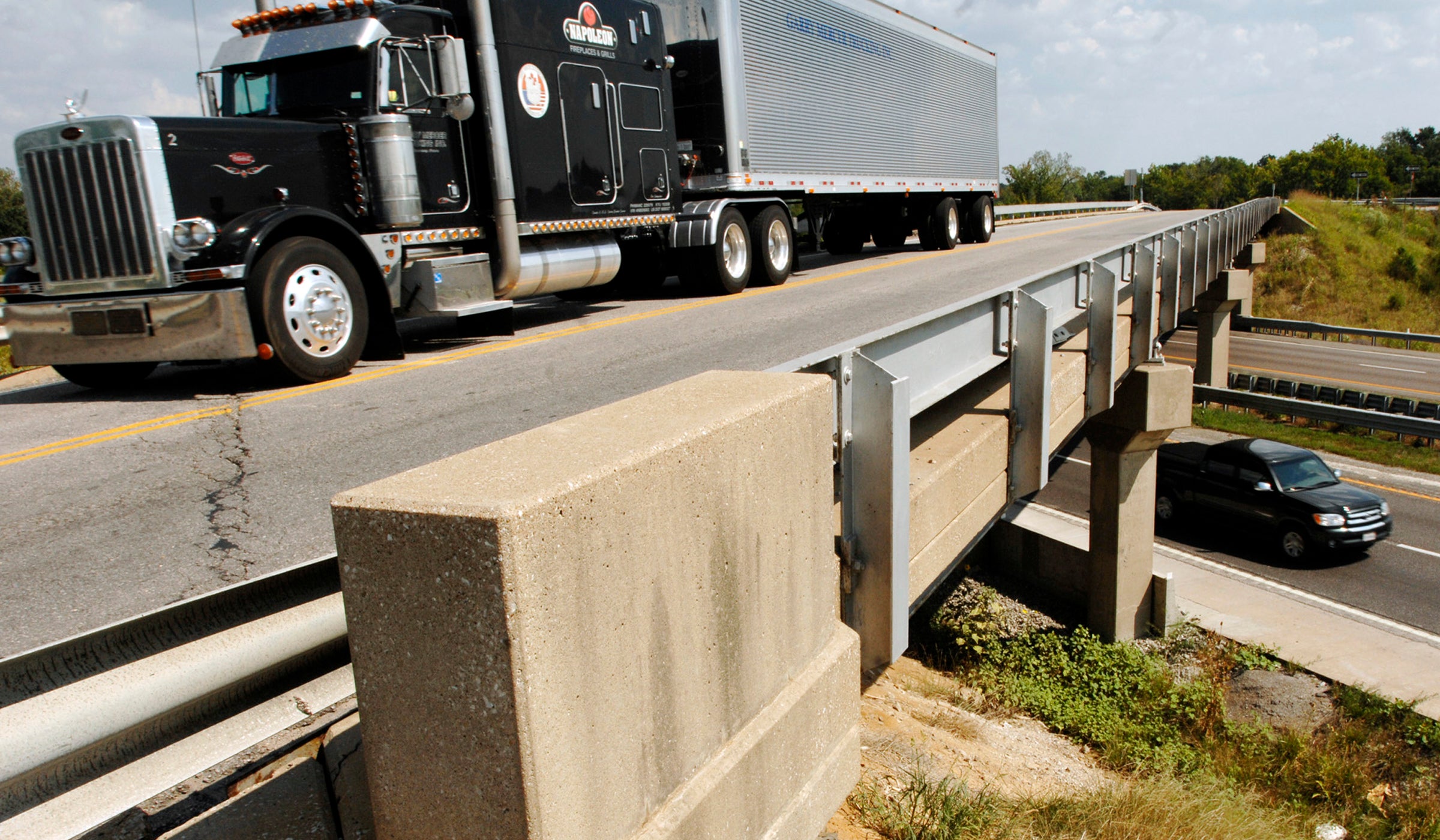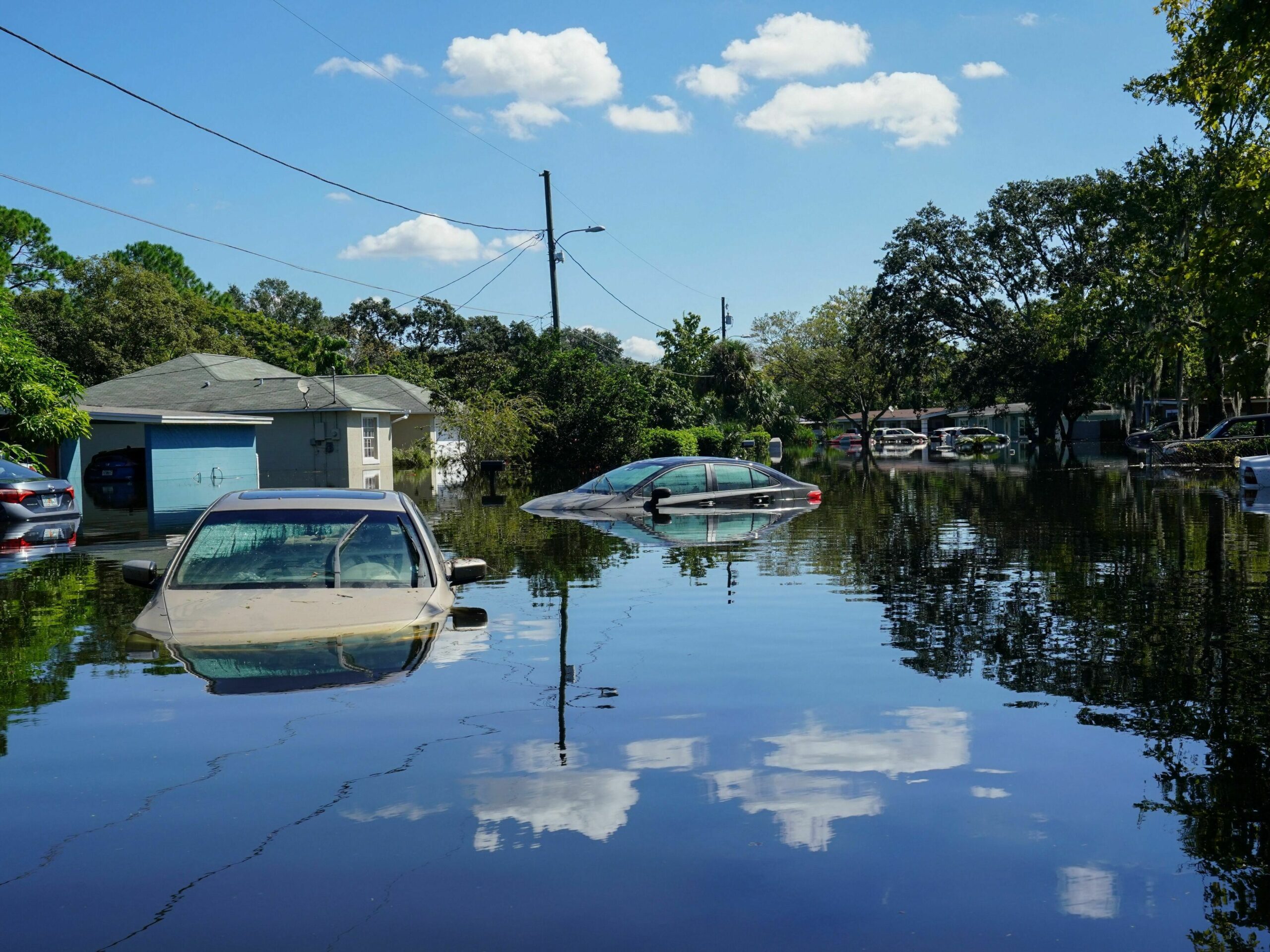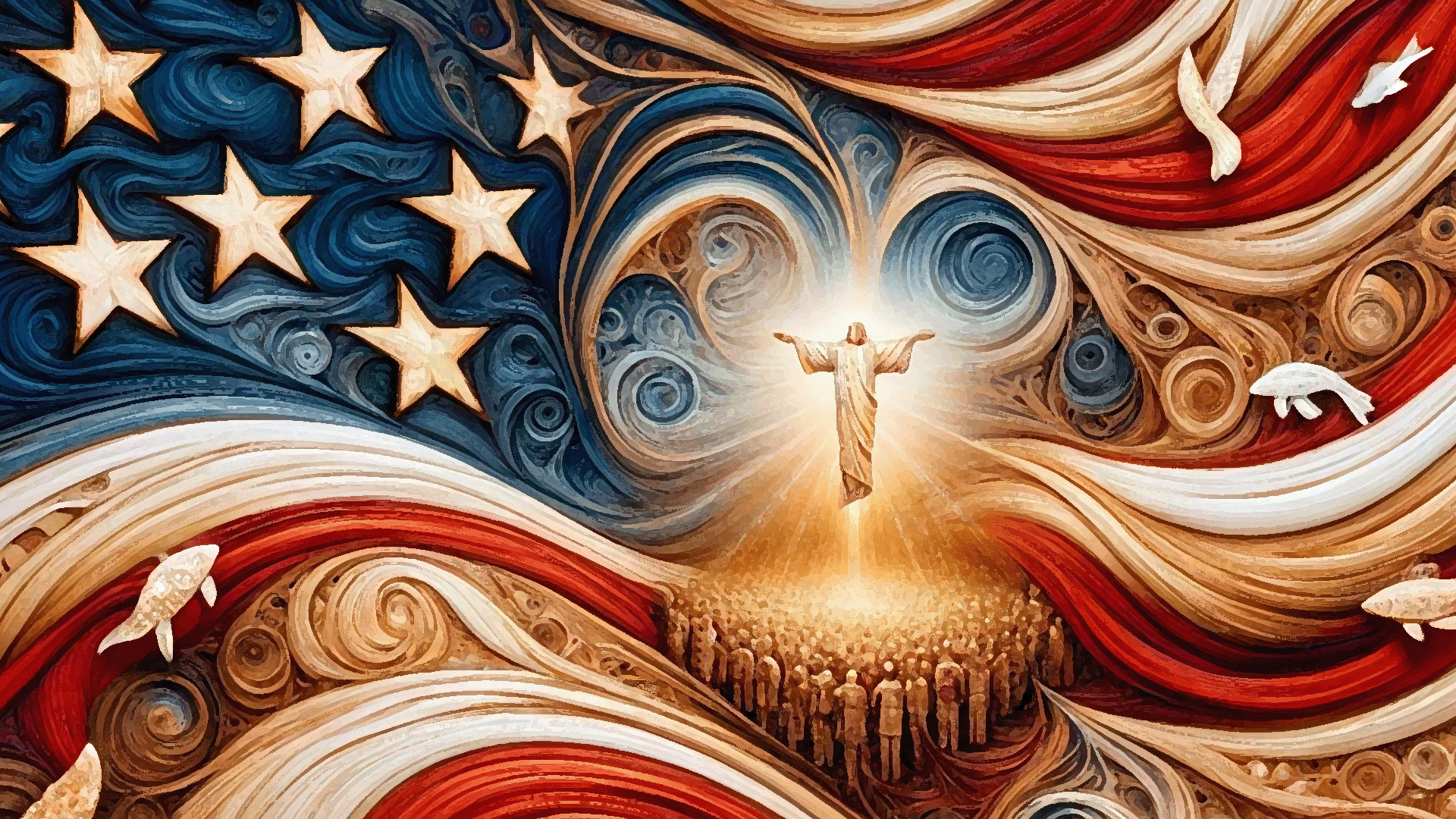A trucker’s cab is a curious vantage point to observe the idiosyncrasies of American life, but long-haul trucker Finn Murphy can’t think of a better spot to observe and report back.
While Murphy romanticizes his life on the road, the picture he paints of what he sees as he drives is anything but rosy.
From his years as a “bed bugger” (that’s code for a moving van), he’s seen how the wealthy move across the country: they pay thousands of dollars for him and his co-workers to pack up their entire lives for them. He sees the litany of curious things Americans do in their cars. He’s also seen firsthand how American small towns have hollowed out over the years, stricken with poverty as local businesses give way to chain stores.
Stay informed on the latest news
Sign up for WPR’s email newsletter.
Steve Paulson recently sat down with Murphy to talk about his new book, “The Long Haul: A Trucker’s Tales of Life on the Road” for “To the Best of Our Knowledge.” Here are some highlights from their conversation:
On Trucker Nicknames
Finn Murphy: We’ve got “bed buggers,” those are the movers. You’ve got the live animal haulers, those are the “chicken chokers.” You’ve got the flatbedders, those are the “skateboarders.” You’ve got the hazardous material people, those are the “suicide jockeys.” Yeah. So everybody’s got a nickname.
On What ‘Full-Service Moving’ Looks Like
FM: We pack their lives. I mean the moves I do now, people don’t lift a finger.
A more or less typical example I had one a few months ago: A man was moving to Vancouver from Connecticut. We walked in, my crew of seven movers and myself. He finished his coffee. He loaded his family into the limousine. They took off for the airport, and we washed the dishes, stripped the beds, packed every single carton, loaded the truck, put his car in the truck. And then at the other end, we unpacked everything, put his dishes back in the breakfront, made his beds.
This is a full-service move. These things cost $70,000-$80,000.
On The Things Truckers See From Their Perch
FM: If you’ve driven by a truck and you’ve been in the passenger seat, if you noticed you look up at the truck driver and then he looks back at you. So that happens every time. It’s some kind of telepathy thing. I don’t know how that happens, but I know when somebody is looking at me.
Steve Paulson: And you like that? I mean, is that meaningful at all, that moment of eye contact?
FM: It can be, it depends on what people are doing.
Sometimes you have the kids doing the arm thing so that you hit the air horn. Sometimes you just have somebody look up and then you can see they’re sort of wistfully looking over and wondering, what kind of life is that up there for that guy. So that’s nice.
When I was saying we can see everything that people do in their cars, most people are usually doing something else in addition to driving. You want to know what the main events are that people do in their cars? People are eating. People are spilling liquids.
SP: Really? It happens that often?
FM: Oh yeah. They’re disciplining the kids in the back seat. They’re texting and putting on makeup.
But here’s the No. 1 activity for American drivers: they are working on their relationship with the person in the passenger seat. And you can tell that from the body language, from the index fingers, from the shrugs. There’s a lot of romances being worked out here. Mostly it looks like there’s some conflict. Every once in awhile you get to see a romantic moment (such as holding hands) that’s not in conflict, which is very pleasant but also very rare.
How America Has Changed
FM: So there is a hollowing out of downtowns all over the country. You might think that it’s just happened to your town, but this has happened in, you know, 15,000 towns around the United States.
The core districts are denuded of locally-owned stores and then all the new commercial development is in the big boxes on the outskirts. I don’t think that’s good for community character. I don’t think that’s good for a sense of place. I don’t think it’s good for middle class jobs that are no longer there. That’s one big change that I’ve seen.
And then another big change is in the heartland, the Midwest, from St. Louis to San Bernardino. I mean, there’s nothing in the middle of the country anymore. It’s a corn monoculture and there’s no towns at all.
SP: And that was not the case when you were first driving?
FM: No. So, in 1980 it had begun, but no, that wasn’t the case. There were all sorts of vibrant towns along U.S. Route 6, which goes from Cape Cod to San Francisco. These used to be vibrant small communities and there was one after another after another. And it’s all gone. I don’t know where it went.
SP: So, is this a beautiful country to you? From what you’re saying, maybe it’s less beautiful than it used to be.
FM: Well, it depends on the day. If you want to do a tourist poster of the United States, instead of doing a Vermont church with a white spire, why don’t we do the real thing? A convenience store with a Subway franchise inside, an underpaid immigrant mopping the floor, and outside, somebody’s holding a piece of cardboard saying, “Anything helps.”





